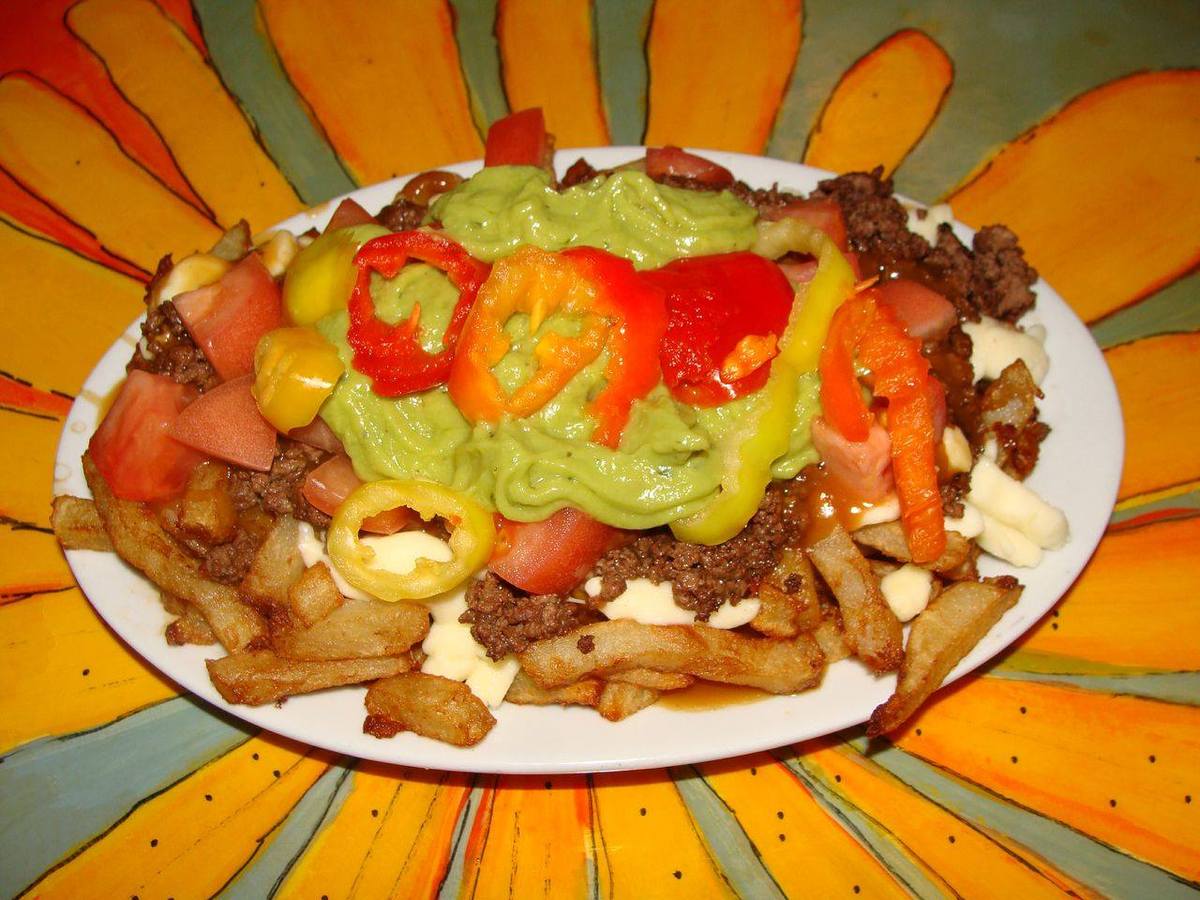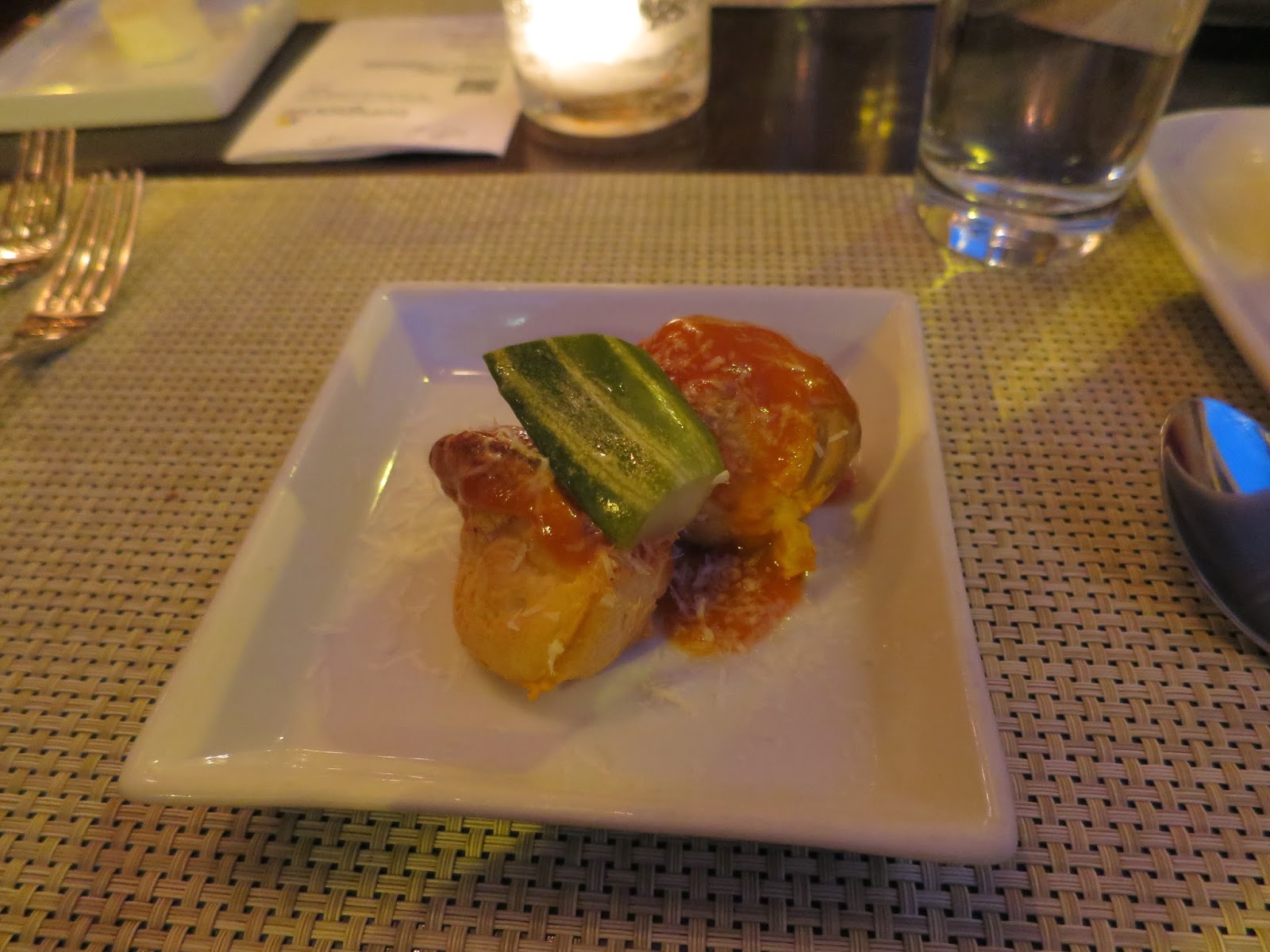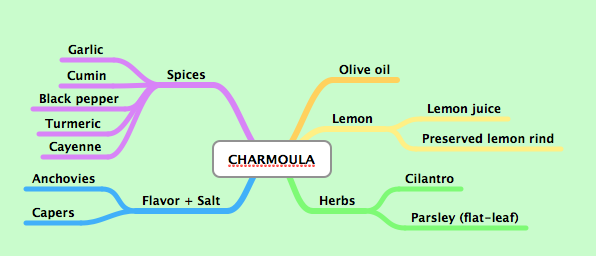While strolling through EPCOT in mid-December I enjoyed a late lunch at the Moroccan pavilion. The meal was memorable, not just because there was an attractive belly dancer providing entertainment, but due to the rich flavors of the meal. A traditional North African sauce enhances a wide variety of foods, from fish and seafood, to chicken, lamb and salads, charmoula ( also spelled chermoula) is a lemony mixture of spices, garlic and fresh herbs.
The recipe is one of those that can vary quite a bit, from region to region, and even from family to family. Some of the more common ingredients are parsley, cilantro, paprika, cumin, garlic, coriander and lemon juice. But it is not uncommon to find included in the list things like cinnamon, cayenne, turmeric, allspice and saffron, even anchovies and capers! And there are also variants with regard to a dry rub versus a sauce, too.
Any way you make charmoula, it will definitely spice up your meals, and your life!
Fresh Charmoula
10 saffron threads 2 medium cloves garlic, minced
3/4 cup finely chopped fresh cilantro 1 tsp ground cumin
3/4 cup finely chopped fresh flat leaf parsley 1 tsp ground coriander
1/4 cup EVOO 1 tsp sweet paprika
2 Tbsp fresh lemon juice 1/2 tsp Kosher salt
1 Tbsp preserved lemon (optional) 1/4 tsp cayenne
Stir the saffron into 3 Tbsp hot water in a medium bowl and let stand 10 minutes. Stir in the remaining ingredients. Serve as a sauce, or marinate fish, shrimp, or chicken in the mixture for an hour before grilling or broiling.
Charmoula Spice Blend
2 Tbsp ground cumin 1 tsp ground cinnamon
1 Tbsp ground coriander 3/4 tsp ground allspice
1 1/2 tsp chili powder 3/4 ground ginger
1 1/2 tsp sweet paprika 1/2 tsp cayenne
1/2 tsp turmeric
Combine all of the ingredients. Store in an airtight container away from the light for up to 1 year.
recipes courtesy of fine Cooking magazine.


























